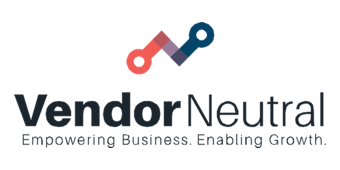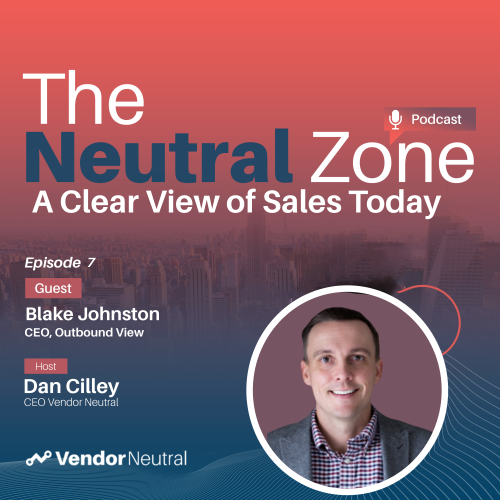
Dan Cilley
Communication is Key!
Episode: 7
Blake Johnston
CEO, Outbound View
Read Full Transcript
Blake Johnston of Outbound View recently chatted with us about his tech buying experiences. OutboundView is a firm that focuses on helping organizations design, develop, and implement successful outbound sales strategies. Johnston candidly shared his own experience in sales to illustrate the good and the bad of acquiring a new piece of sales technology. Here’s a summary of the insights he shared with us, as well as what tech solutions are currently providing his company the most value.
The Best and Worst B2B Tech Buying Experiences in One Experience
Blake Johnston: Provide high-level communication, even when things are not going great.
My “worst” story actually comes from me, when I was an account executive early in my career. I worked for a company that handled human capital management and sales assessments. Our target client was Top Golf. At this point, they had one location and were thinking of expanding. We came in and offered sales training, assessments, applicant tracking, and numerous other services. I met with the CFO to discuss growth plans. Everything went smooth through the selling process.
I had never seen a Top Golf before, and I was amazed. It was such an awesome place, and I was thrilled to have a part in the expansion. I followed my sales pitch, telling them the importance of hiring the right people. I told them all the great things we’d done with other retails companies, such as Home Depot and other massive corporations. After about a month or so, we finalized the sale.
It was a big deal for both the client and the company I worked for. Top Golf was going to be using the platform to hire their entire retail staff, have access to that staff, and many other uses. This was huge for my company because they had a buyer for their new platform, a huge buyer.
So, we kicked off implementation, and it was a complete disaster within three months. The software didn’t kick off the right way. It was a new platform. We were excited to offer it. However, it became obvious it wasn’t ready for prime time, especially from a mobile perspective. It was just one painful call after another over about a three-month period. Although we had been successful with other retail clients, we were using a new platform this time. We went into it with confidence, but that disappeared within a week.
I learned two key lessons. First, when releasing a new technology, be sure you are ready. Second, even if things are going bad, good communication is essential. We admitted we were failing. Our president and CEO had candid conversations with Top Golf’s CFO. That high-level communication made the situation better.
One last point is to think about your customer. We were focused on landing a big client. We really should have piloted the solution at one or two smaller places first. Instead, we brought it to a customer that was doubling their size every time they opened a new location. There were a lot of moving parts outside of the technology they were dealing with. When you add the tech issues, it just made their situation completely worse. They had a lot of hard lessons to learn. Unfortunately, we added to that. We chose the wrong company to roll out a new product. Even though it worked in a testing environment, the platform just wasn’t ready for a company bringing in hundreds of people at once.
What Tech is Providing the Most Value?
Blake Johnston: At the end of the day, your people are going to be a lot more effective if you have the right stack and the right data.
We have a fairly straightforward kind of tech stack. We have three different dialing tools for our inside sales team, which are based on the personas that we’re calling in to. There are different dialers for cell phones, direct lines, and corporate lines. Additionally, Salesforce is our core database that ties everything together. We also use a sales enablement platform for outreach. These three core technologies – dialers, Salesforce, and sales enablement – make up our core business tools. We have some miscellaneous extra tools we pay small monthly fees for, but these three core technologies are what we get the most use from.
We think it’s critical to keep an efficient workflow going. We have a saying “process to pipeline.” Inside sales teams lose money when time is wasted. We use process mapping to streamline our workflow. We have a small team in the Philippines that does all our research, cleansing our data. We have multiple APIs in different database solutions to ensure data is clean before it gets to our reps. At the end of the day, your people are going to be a lot more effective if you have the right stack and the right data.
The fact is, you get what you pay for. Data from the most expensive organizations is often the highest quality. This is especially true when working with third-party data. A high premium usually yields a premium result. Those are the organizations that are often leveraging multiple confirmation resources. I don’t mean two or three. I mean 13, 14, 20 resources to really give you what you need at the end of the day. That’s where you get huge value in your data.
Companies often default to just hiring more people instead of figuring out their stack and their data. The truth is no one has really solved the problem. I did a diagram for our team on all the different data, the providers and what you have to do to get clean data. No one has perfectly solved the problem. If they have, I want to know about it!
Other Podcasts
-
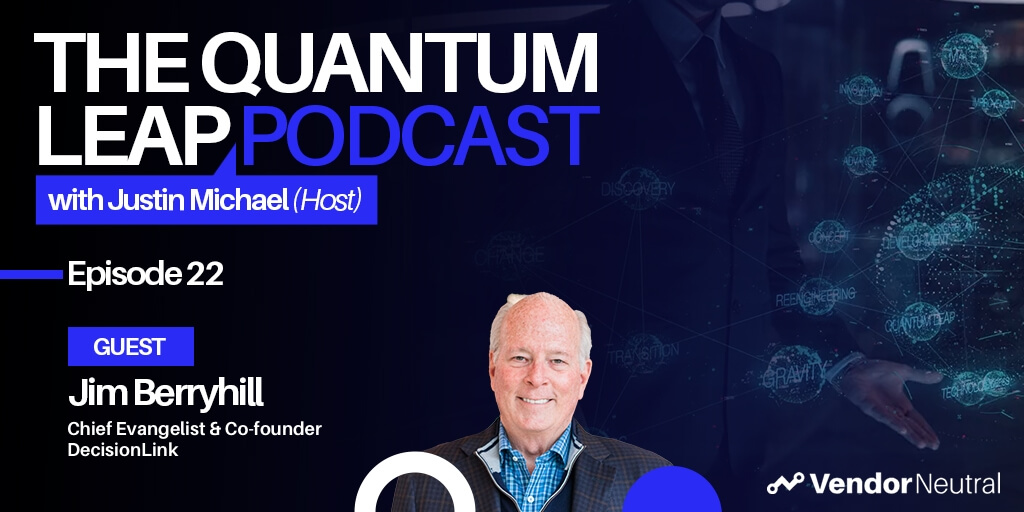 4 Opportunities For Massive Growth In Customer Value Management4 Opportunities For Massive Growth In Customer Value Management
4 Opportunities For Massive Growth In Customer Value Management4 Opportunities For Massive Growth In Customer Value Management -
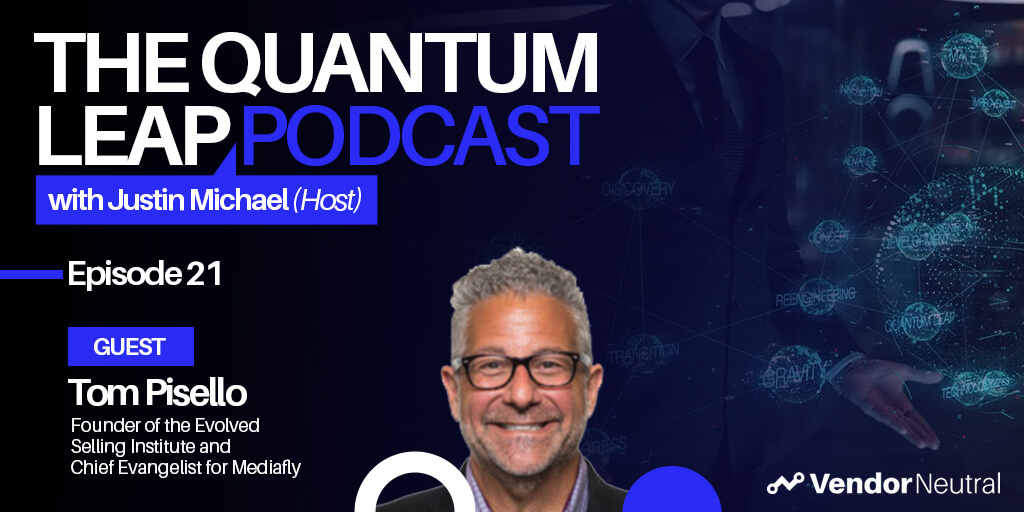 Closing the Customer Engagement Gap | Showing A Clear Case of ROIClosing the Customer Engagement Gap | Showing A Clear Case of ROI
Closing the Customer Engagement Gap | Showing A Clear Case of ROIClosing the Customer Engagement Gap | Showing A Clear Case of ROI -
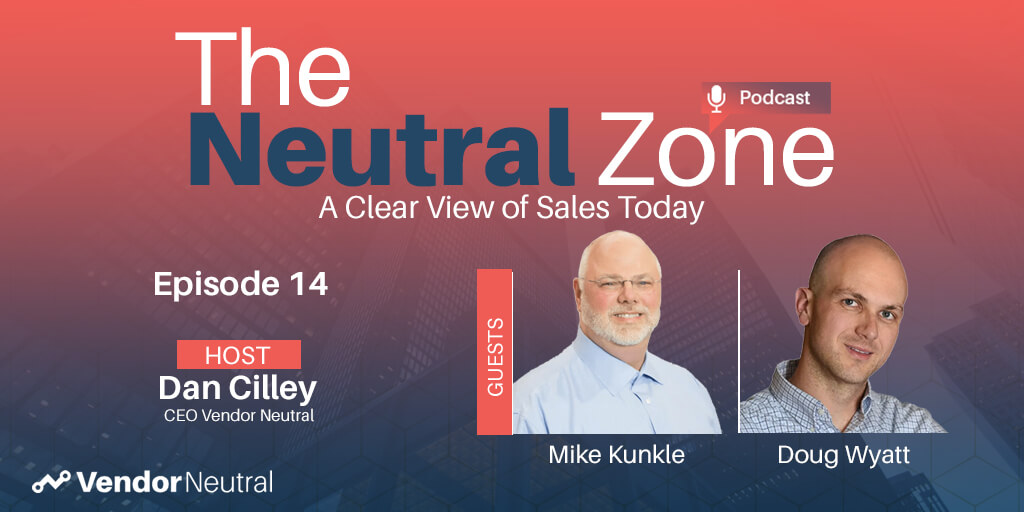 Buyer-Centric Selling | Modern Sales Foundations Virtual Sales TrainingBuyer-Centric Selling | Modern Sales Foundations Virtual Sales Training
Buyer-Centric Selling | Modern Sales Foundations Virtual Sales TrainingBuyer-Centric Selling | Modern Sales Foundations Virtual Sales Training -
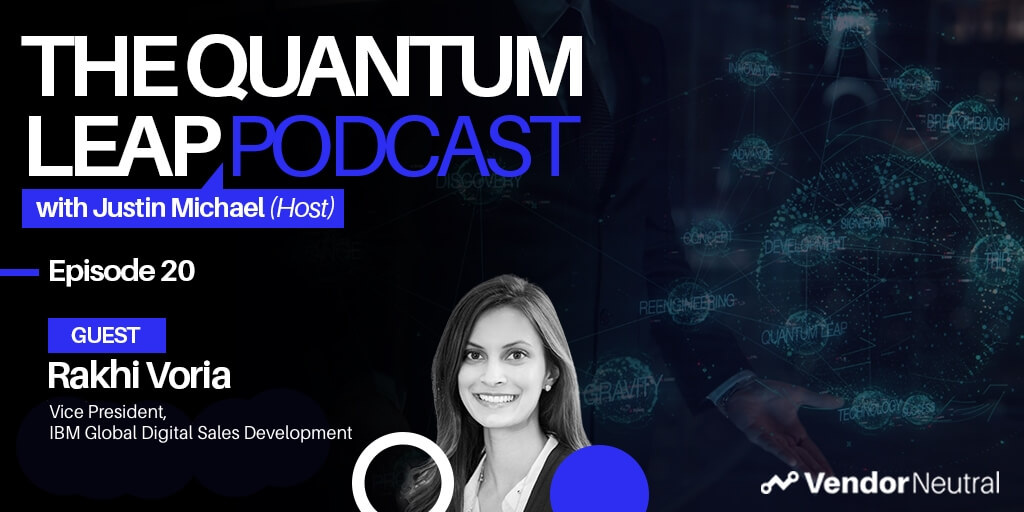 Biggest Trends in Digital TransformationBiggest Trends in Digital Transformation
Biggest Trends in Digital TransformationBiggest Trends in Digital Transformation -
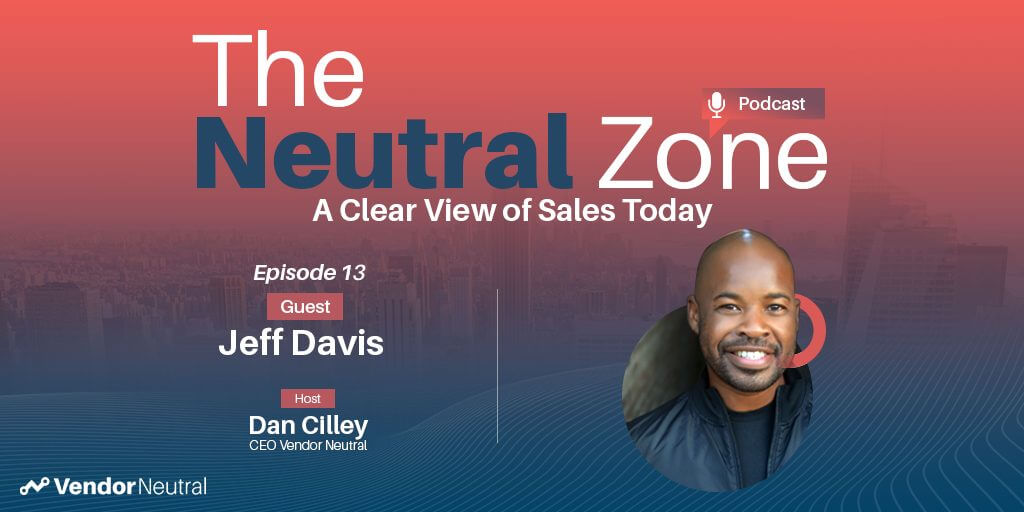 Focus on These 3 Things for Sales Technology AdoptionFocus on These 3 Things for Sales Technology Adoption
Focus on These 3 Things for Sales Technology AdoptionFocus on These 3 Things for Sales Technology Adoption -
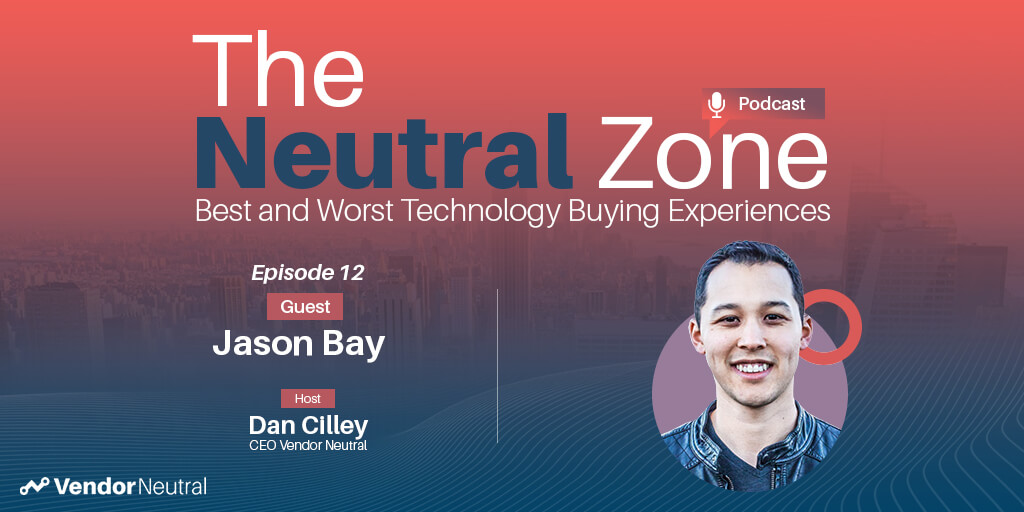 For Sales Technology Buyers A Customer Success Strategy is KeyFor Sales Technology Buyers A Customer Success Strategy is Key
For Sales Technology Buyers A Customer Success Strategy is KeyFor Sales Technology Buyers A Customer Success Strategy is Key -
 The Future of Sales TrainingThe Future of Sales Training
The Future of Sales TrainingThe Future of Sales Training -
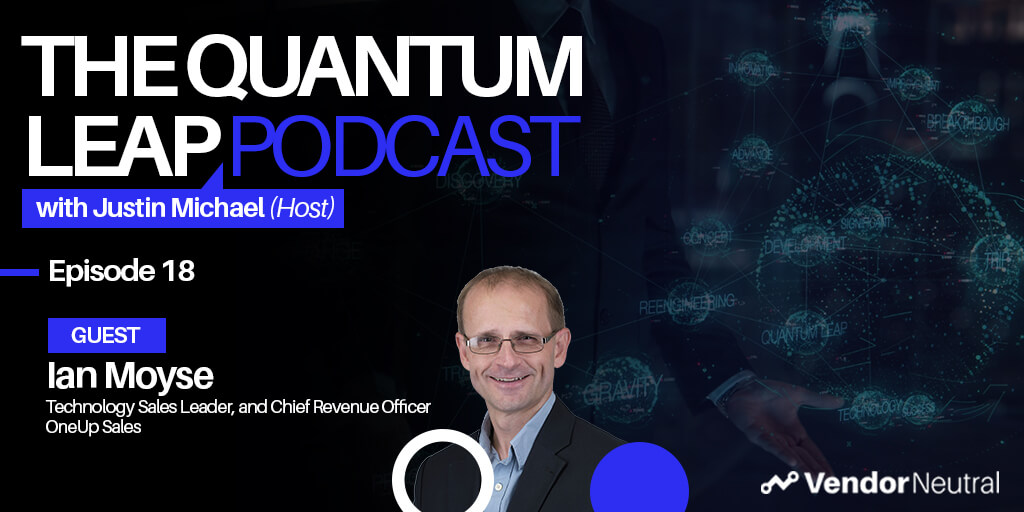 Sales Enablement to Generate Revenue in 2021 and BeyondSales Enablement to Generate Revenue in 2021 and Beyond
Sales Enablement to Generate Revenue in 2021 and BeyondSales Enablement to Generate Revenue in 2021 and Beyond -
 Leveraging Sales Technology in Enterprise Channel Sales | Start by identifying the problems you’re trying to solveLeveraging Sales Technology in Enterprise Channel Sales | Start by identifying the problems you’re trying to solve
Leveraging Sales Technology in Enterprise Channel Sales | Start by identifying the problems you’re trying to solveLeveraging Sales Technology in Enterprise Channel Sales | Start by identifying the problems you’re trying to solve -
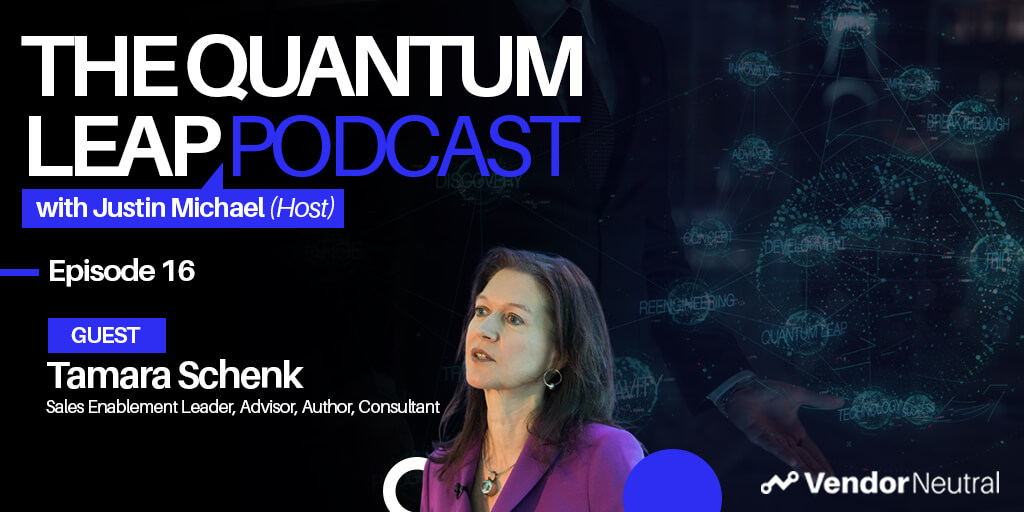 The One Question to Ask Before Sales Technology Implementation to Ensure the Success of Your Enablement InitiativeThe One Question to Ask Before Sales Technology Implementation to Ensure the Success of Your Enablement Initiative
The One Question to Ask Before Sales Technology Implementation to Ensure the Success of Your Enablement InitiativeThe One Question to Ask Before Sales Technology Implementation to Ensure the Success of Your Enablement Initiative -
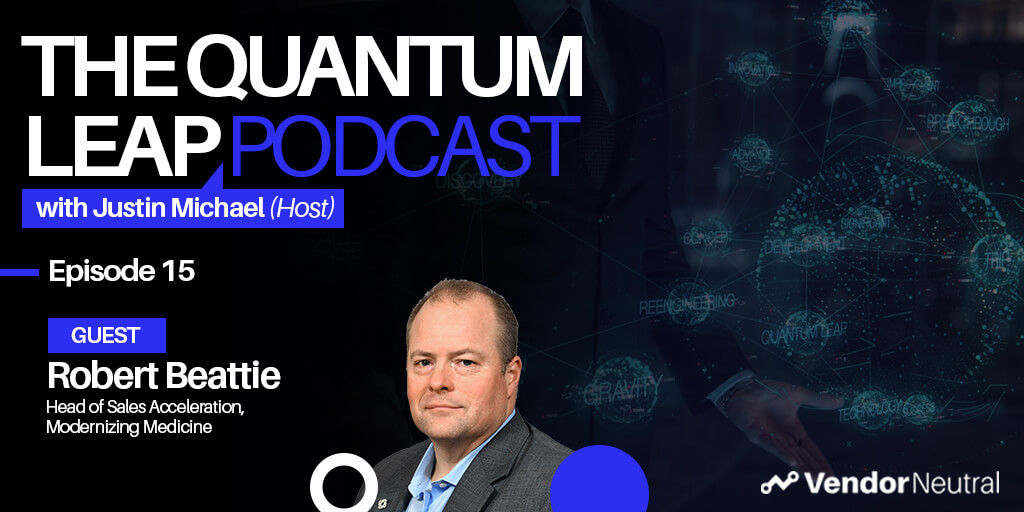 Digitally Enabled Enterprise Sales - Technology & Skills You'll Need in 2025Digitally Enabled Enterprise Sales - Technology & Skills You'll Need in 2025
Digitally Enabled Enterprise Sales - Technology & Skills You'll Need in 2025Digitally Enabled Enterprise Sales - Technology & Skills You'll Need in 2025 -
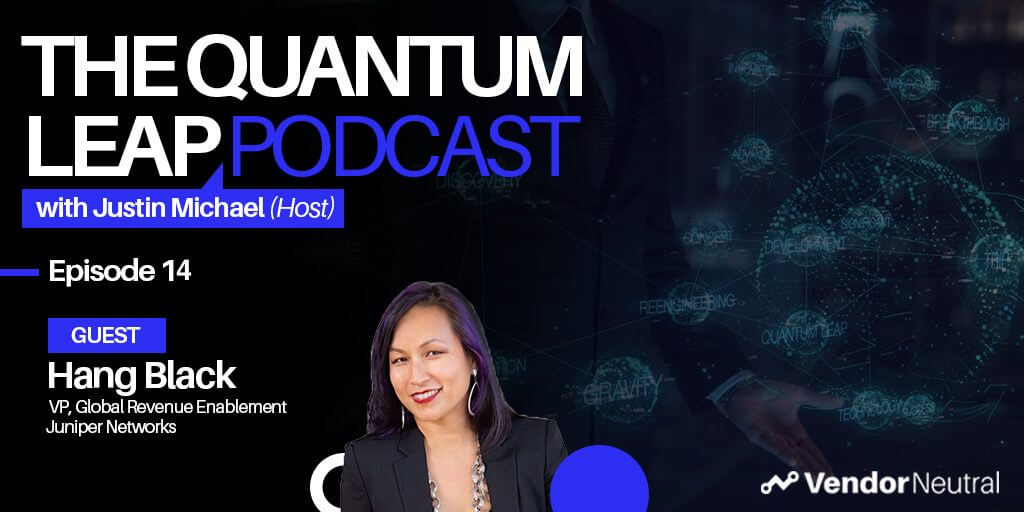 A Look Into The Future of Sales EnablementA Look Into The Future of Sales Enablement
A Look Into The Future of Sales EnablementA Look Into The Future of Sales Enablement -
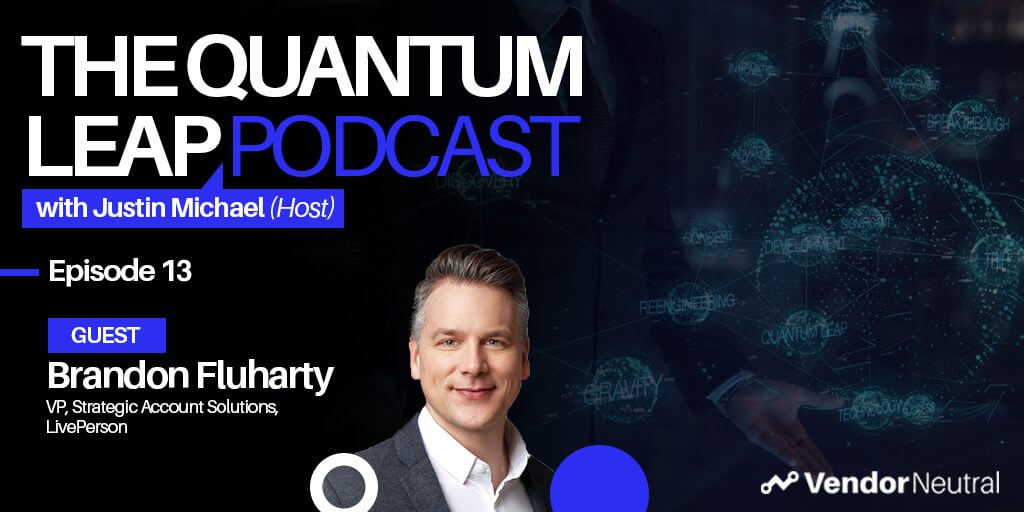 3 Ways Sales Technology will Shape the Future of Strategic Selling & Enterprise Sales3 Ways Sales Technology will Shape the Future of Strategic Selling & Enterprise Sales
3 Ways Sales Technology will Shape the Future of Strategic Selling & Enterprise Sales3 Ways Sales Technology will Shape the Future of Strategic Selling & Enterprise Sales -
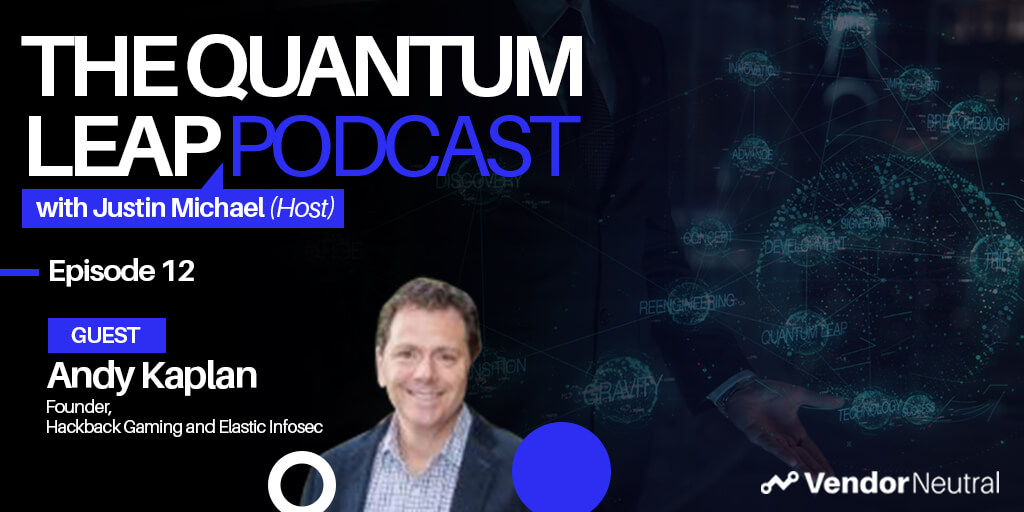 Future of Sales in the EnterpriseFuture of Sales in the Enterprise
Future of Sales in the EnterpriseFuture of Sales in the Enterprise -
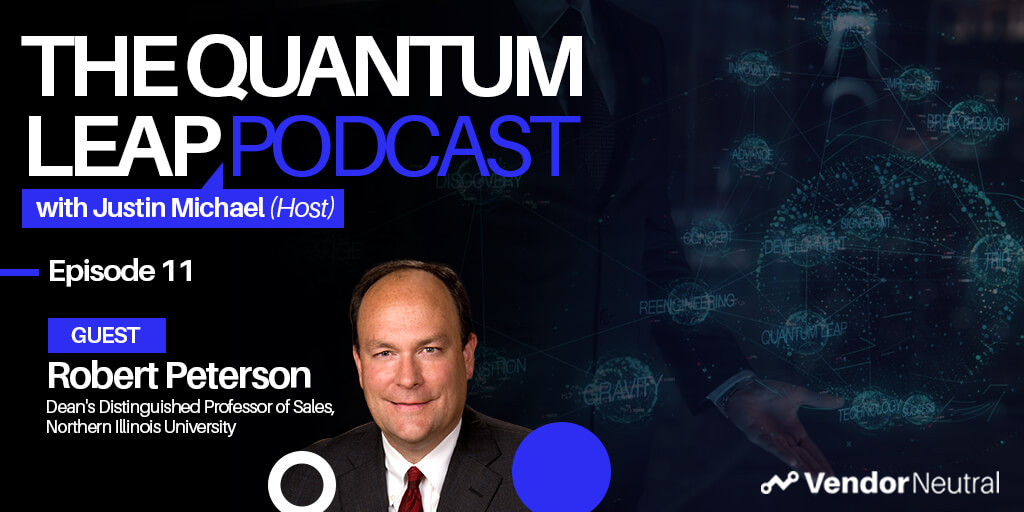 Developing the Revenue Leaders of TomorrowDeveloping the Revenue Leaders of Tomorrow
Developing the Revenue Leaders of TomorrowDeveloping the Revenue Leaders of Tomorrow -
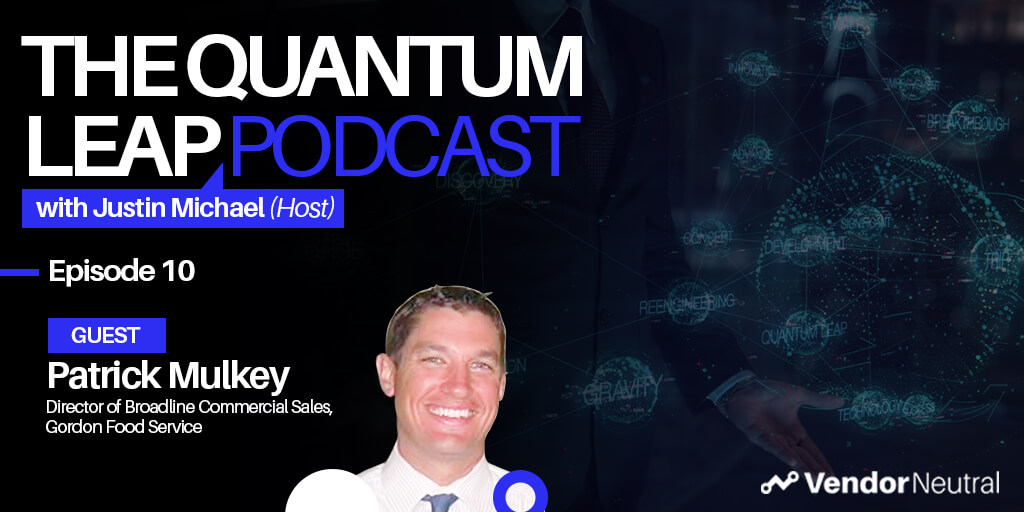 Evaluating and Updating Your Enterprise Sales Technology StackEvaluating and Updating Your Enterprise Sales Technology Stack
Evaluating and Updating Your Enterprise Sales Technology StackEvaluating and Updating Your Enterprise Sales Technology Stack -
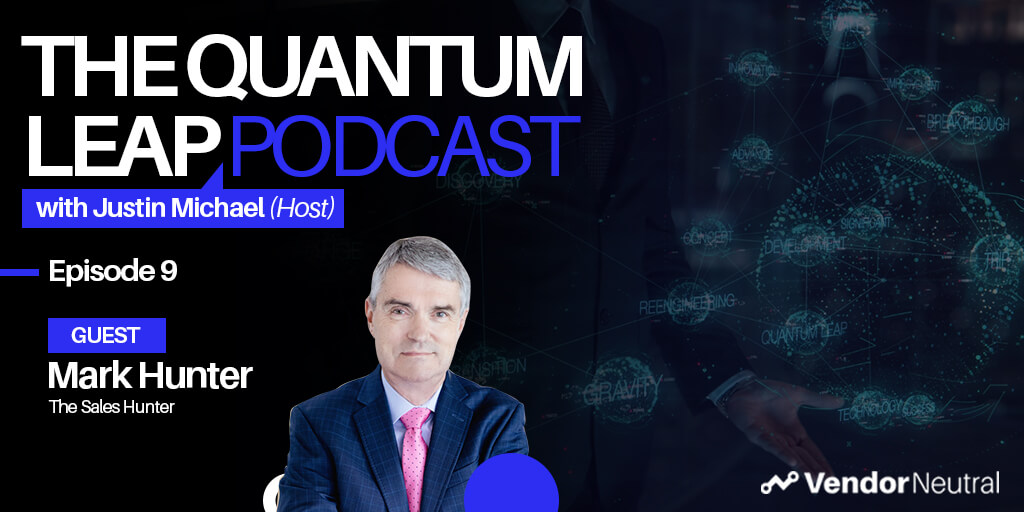 How-to Connect With Enterprise Buyers When Selling From HomeHow-to Connect With Enterprise Buyers When Selling From Home
How-to Connect With Enterprise Buyers When Selling From HomeHow-to Connect With Enterprise Buyers When Selling From Home -
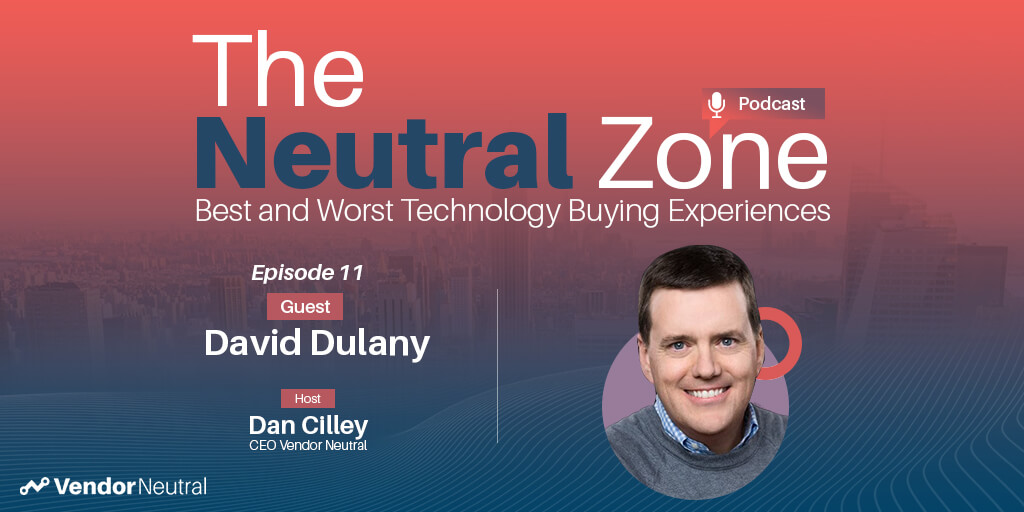 Is the Sales Technology Buying Process Over Engineered?Is the Sales Technology Buying Process Over Engineered?
Is the Sales Technology Buying Process Over Engineered?Is the Sales Technology Buying Process Over Engineered? -
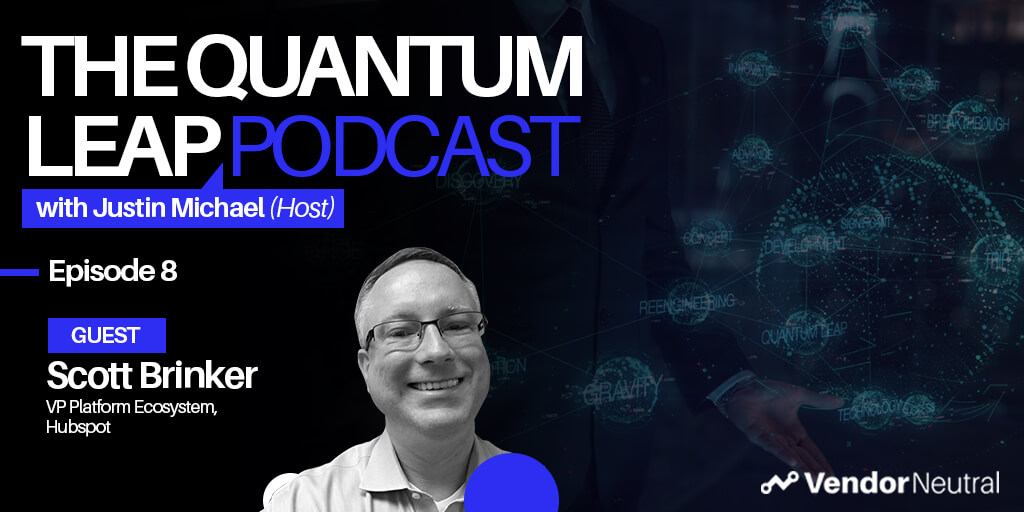 Tangible Ways to Digitally Transform Enterprise OrganizationsTangible Ways to Digitally Transform Enterprise Organizations
Tangible Ways to Digitally Transform Enterprise OrganizationsTangible Ways to Digitally Transform Enterprise Organizations -
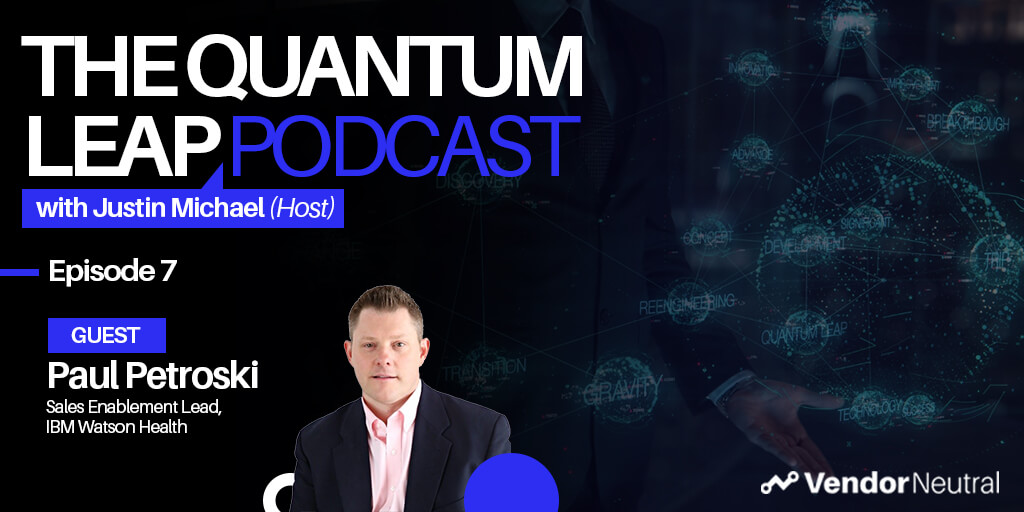 Quantum Leap Podcast Episode 7Quantum Leap Podcast Episode 7
Quantum Leap Podcast Episode 7Quantum Leap Podcast Episode 7 -
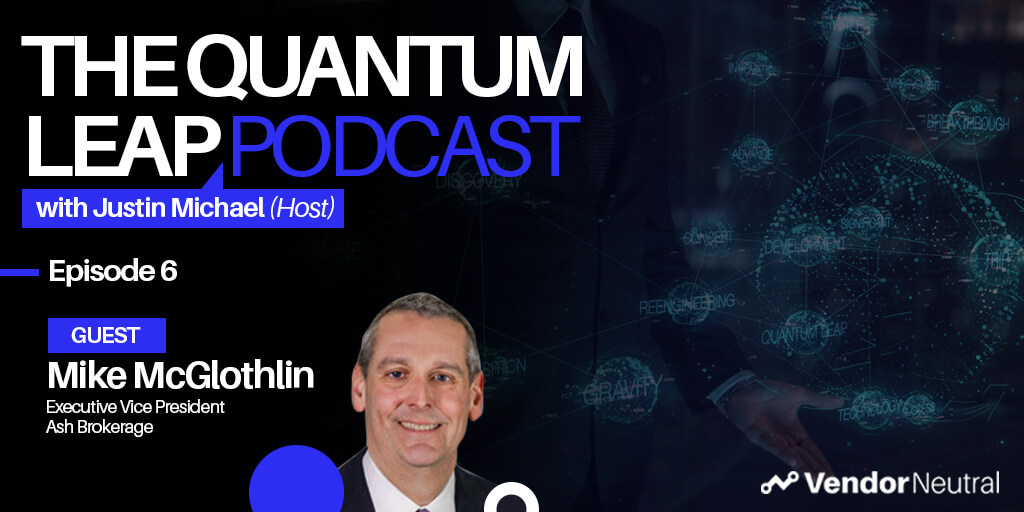 How Sales Technology is Making an Impact in the Financial SpaceHow Sales Technology is Making an Impact in the Financial Space
How Sales Technology is Making an Impact in the Financial SpaceHow Sales Technology is Making an Impact in the Financial Space -
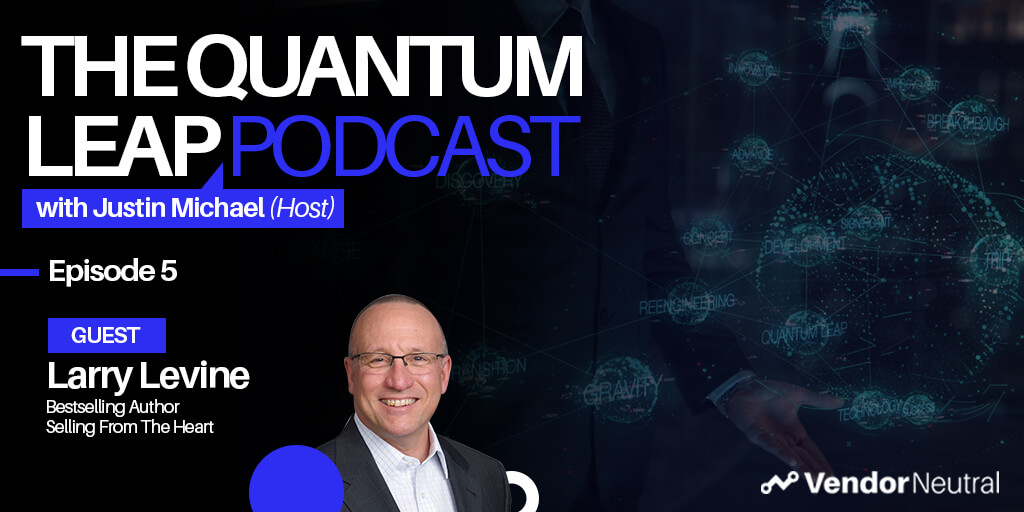 Quantum Leap Podcast Episode 5Quantum Leap Podcast Episode 5
Quantum Leap Podcast Episode 5Quantum Leap Podcast Episode 5 -
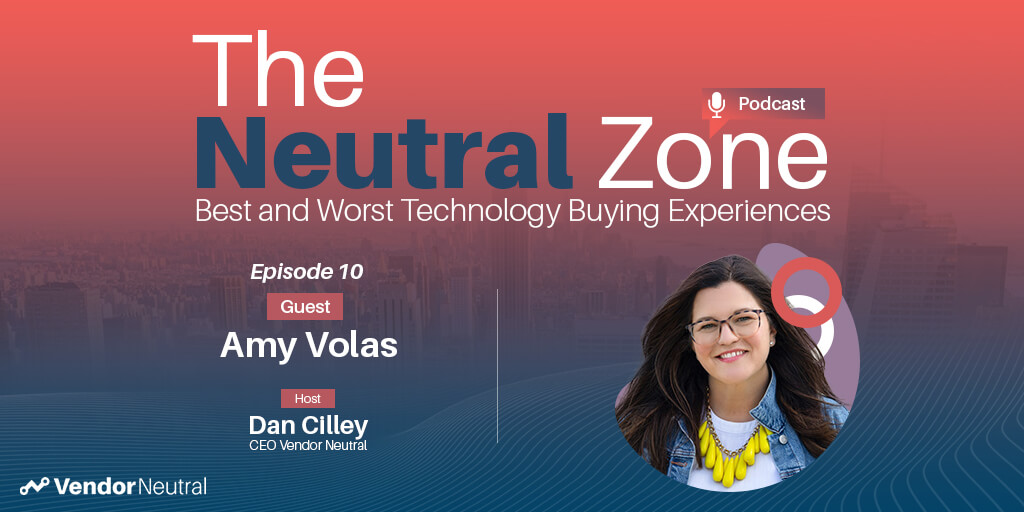 Clear View of Sales Episode 10 with Amy VolasClear View of Sales Episode 10 with Amy Volas
Clear View of Sales Episode 10 with Amy VolasClear View of Sales Episode 10 with Amy Volas -
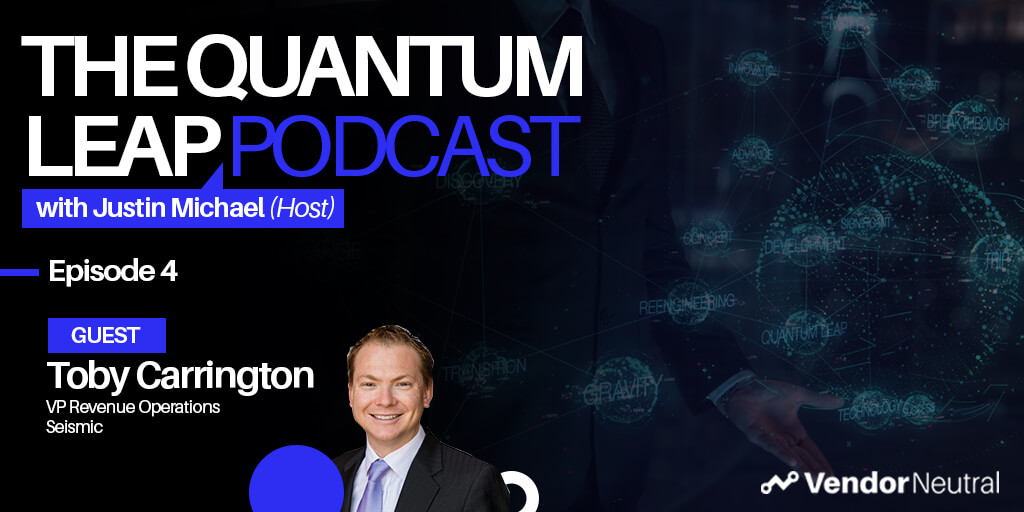 Quantum Leap Podcast Episode 4: Transforming Your Enterprise TechStack, The Future is Bright!Quantum Leap Podcast Episode 4: Transforming Your Enterprise TechStack, The Future is Bright!
Quantum Leap Podcast Episode 4: Transforming Your Enterprise TechStack, The Future is Bright!Quantum Leap Podcast Episode 4: Transforming Your Enterprise TechStack, The Future is Bright! -
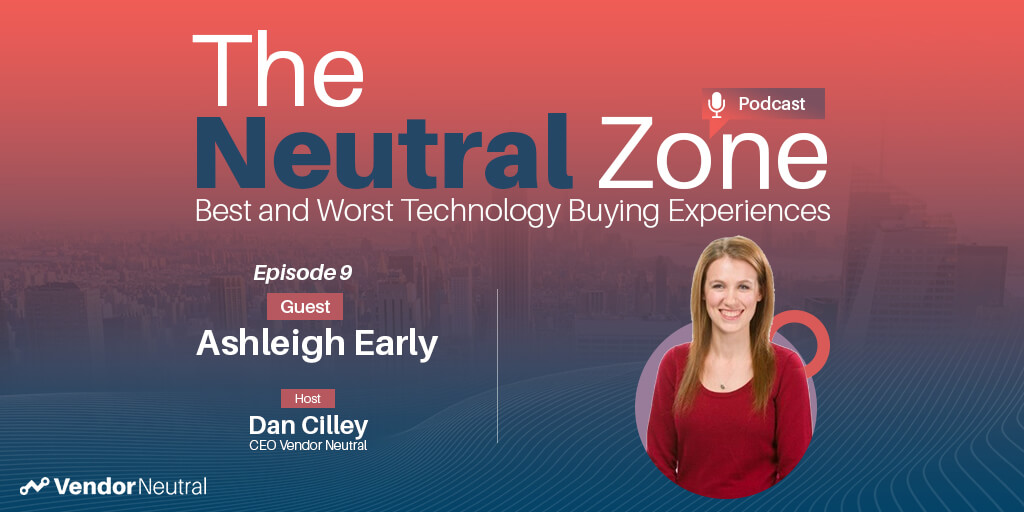 Clear View of Sales with Ashleigh Early:Clear View of Sales with Ashleigh Early:
Clear View of Sales with Ashleigh Early:Clear View of Sales with Ashleigh Early: -
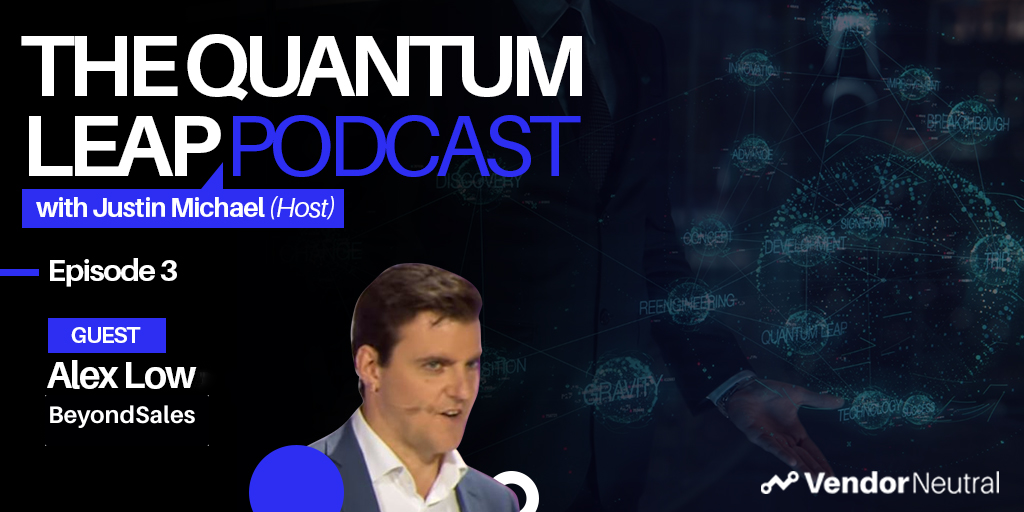 Quantum Leap Episode 3: Unlock the Mystery of Enterprise TransformationQuantum Leap Episode 3: Unlock the Mystery of Enterprise Transformation
Quantum Leap Episode 3: Unlock the Mystery of Enterprise TransformationQuantum Leap Episode 3: Unlock the Mystery of Enterprise Transformation -
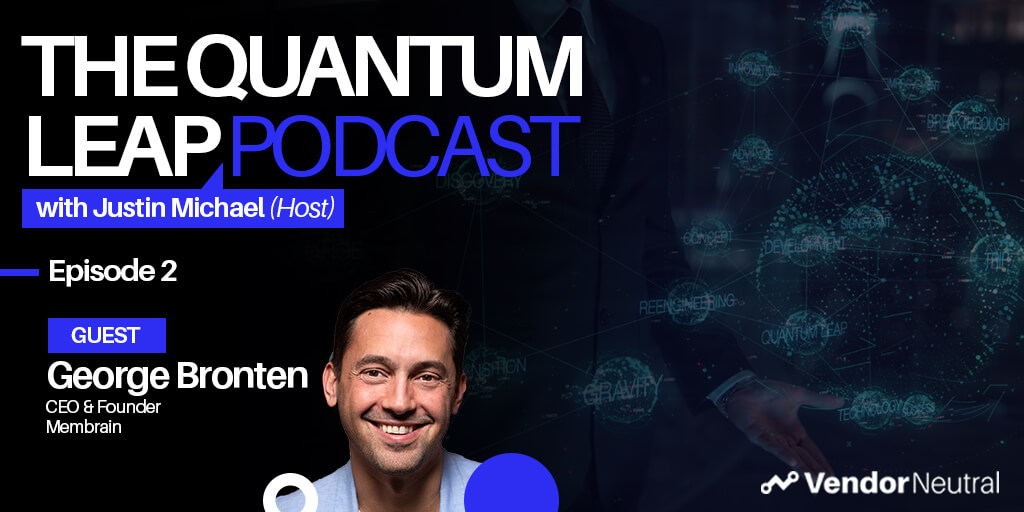 Quantum Leap Podcast Episode 2Quantum Leap Podcast Episode 2
Quantum Leap Podcast Episode 2Quantum Leap Podcast Episode 2 -
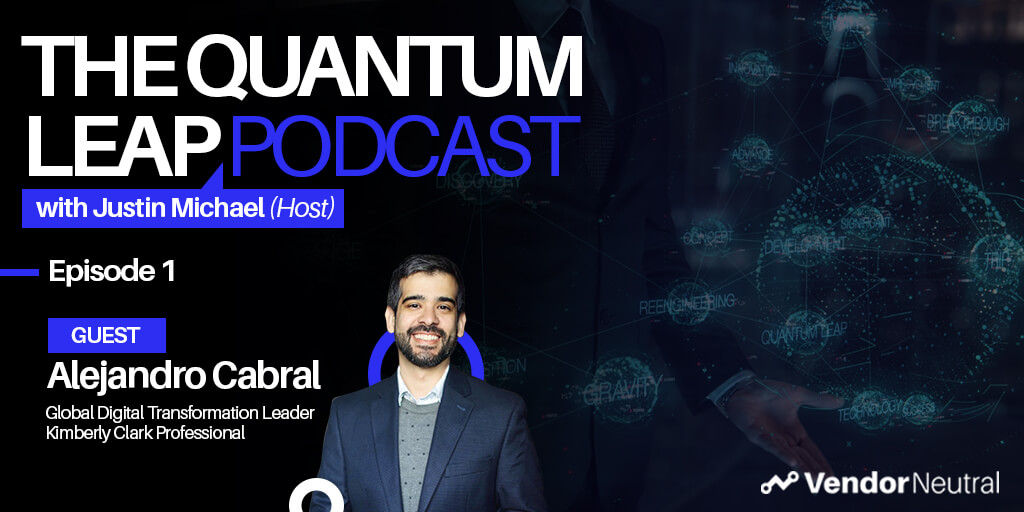 Quantum Leap Podcast Episode 1Quantum Leap Podcast Episode 1
Quantum Leap Podcast Episode 1Quantum Leap Podcast Episode 1 -
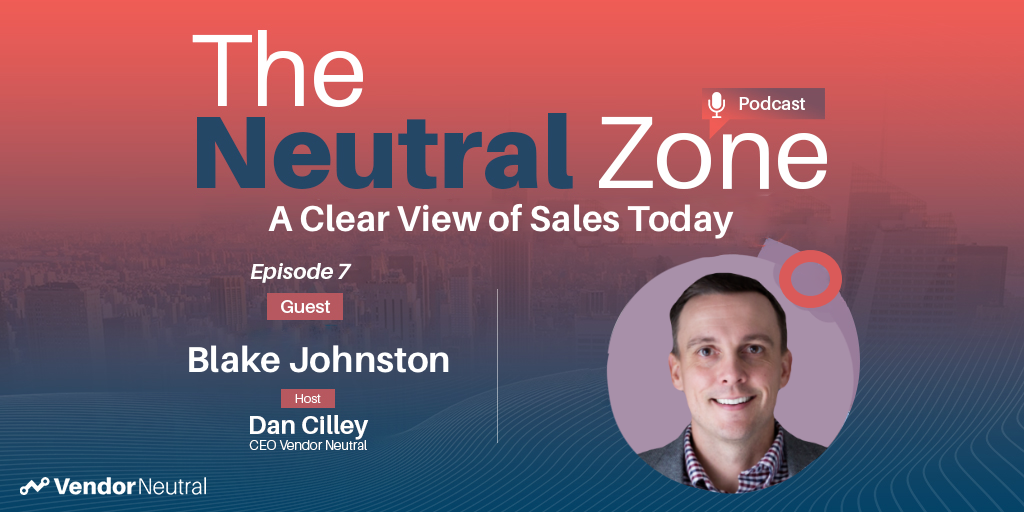 The Best & Worst B2B Technology Buying Experiences With Blake JohnstonThe Best & Worst B2B Technology Buying Experiences With Blake Johnston
The Best & Worst B2B Technology Buying Experiences With Blake JohnstonThe Best & Worst B2B Technology Buying Experiences With Blake Johnston -
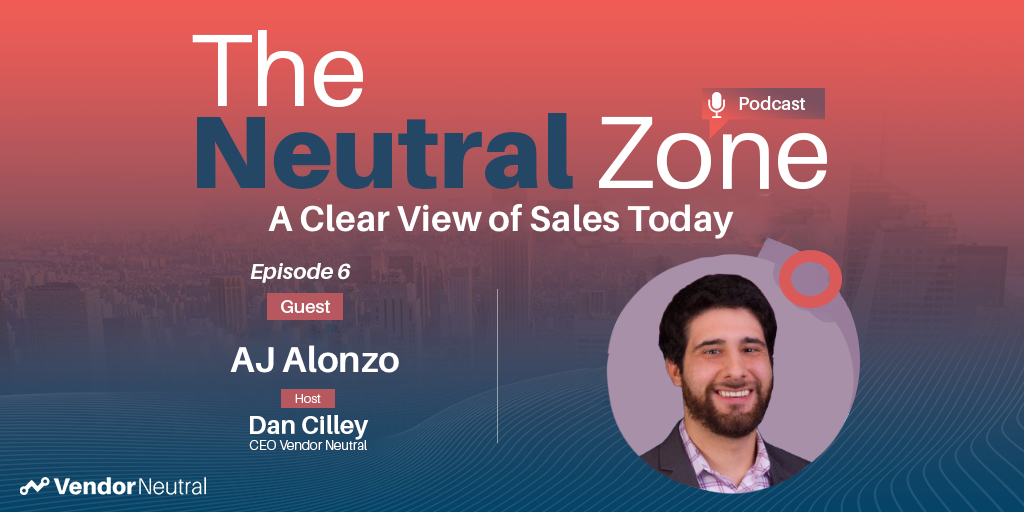 The Best & Worst B2B Technology Buying Experiences With AJ AlonzoThe Best & Worst B2B Technology Buying Experiences With AJ Alonzo
The Best & Worst B2B Technology Buying Experiences With AJ AlonzoThe Best & Worst B2B Technology Buying Experiences With AJ Alonzo -
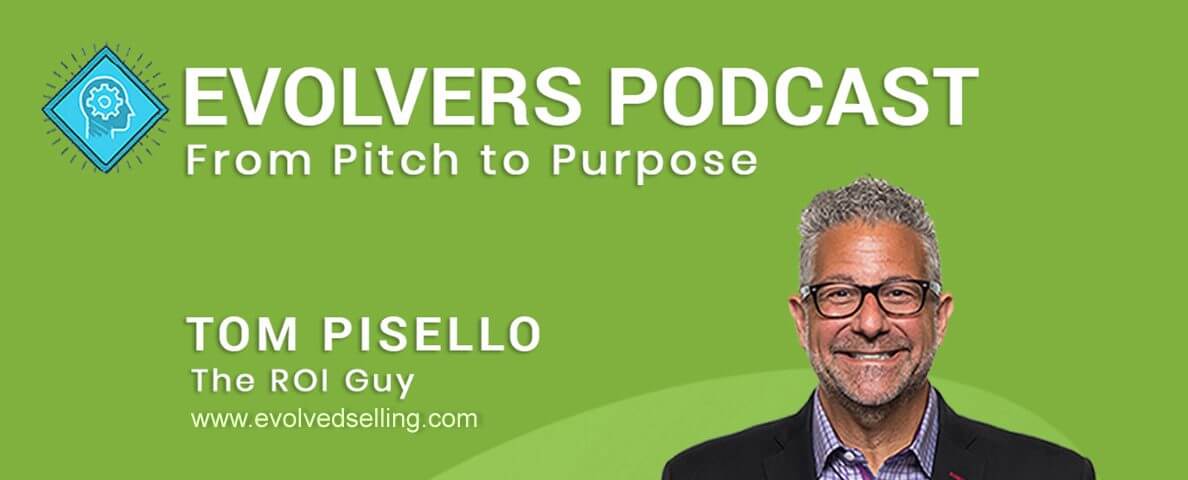 Evolvers Podcast: The Democratization of Sales Enablement? With Dan CilleyEvolvers Podcast: The Democratization of Sales Enablement? With Dan Cilley
Evolvers Podcast: The Democratization of Sales Enablement? With Dan CilleyEvolvers Podcast: The Democratization of Sales Enablement? With Dan Cilley -
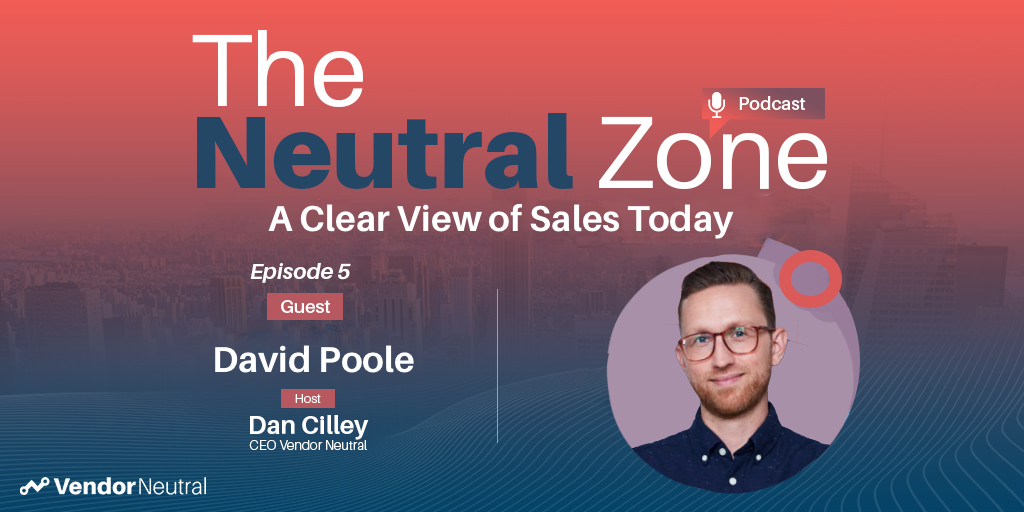 The Best & Worst B2B Technology Buying Experiences With David PooleThe Best & Worst B2B Technology Buying Experiences With David Poole
The Best & Worst B2B Technology Buying Experiences With David PooleThe Best & Worst B2B Technology Buying Experiences With David Poole -
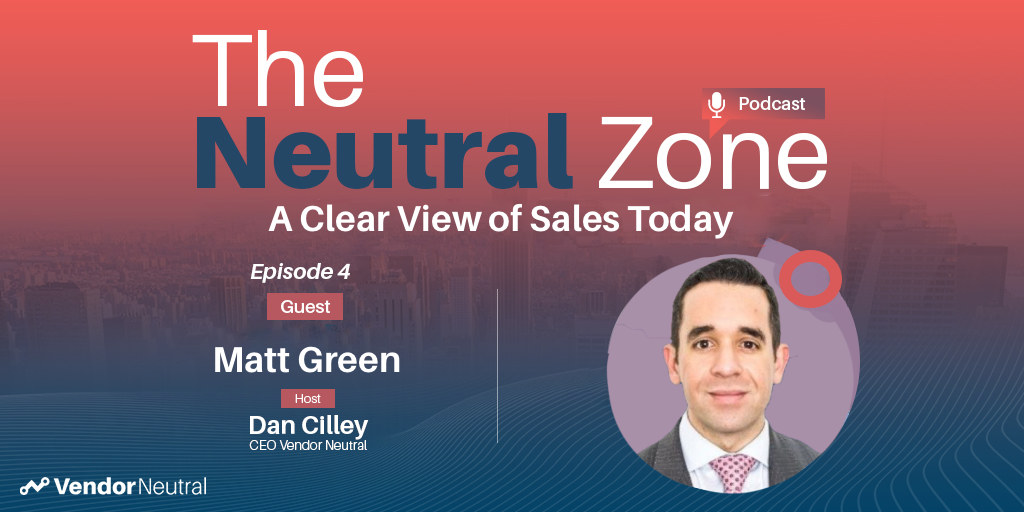 The Best & Worst B2B Technology Buying Experiences With Matt GreenThe Best & Worst B2B Technology Buying Experiences With Matt Green
The Best & Worst B2B Technology Buying Experiences With Matt GreenThe Best & Worst B2B Technology Buying Experiences With Matt Green -
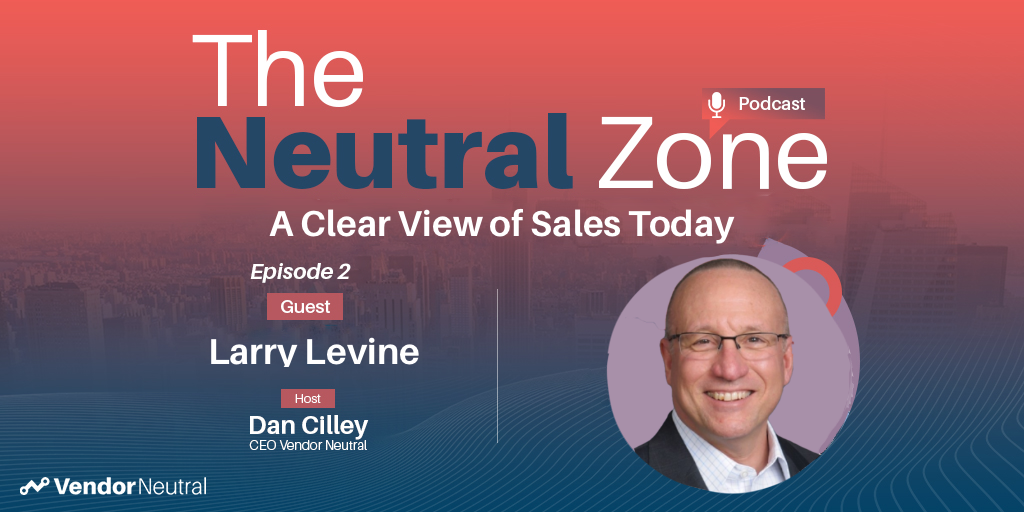 The Best & Worst B2B Technology Buying Experiences with Larry LevineThe Best & Worst B2B Technology Buying Experiences with Larry Levine
The Best & Worst B2B Technology Buying Experiences with Larry LevineThe Best & Worst B2B Technology Buying Experiences with Larry Levine -
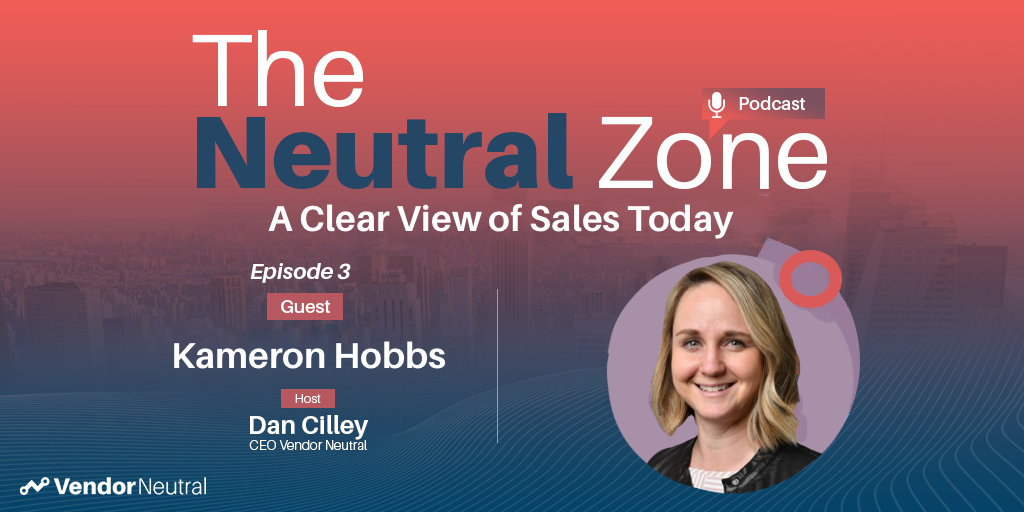 The Best & Worst B2B Technology Buying Experiences with Kameron HobbsThe Best & Worst B2B Technology Buying Experiences with Kameron HobbsVideo
The Best & Worst B2B Technology Buying Experiences with Kameron HobbsThe Best & Worst B2B Technology Buying Experiences with Kameron HobbsVideo -
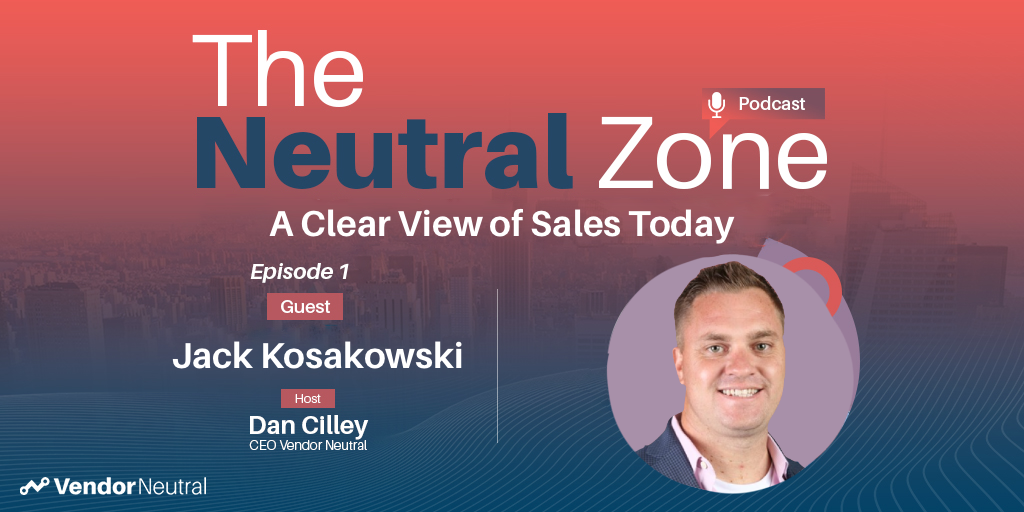 The Best & Worst B2B Technology Buying Experiences with Jack KosakowsiThe Best & Worst B2B Technology Buying Experiences with Jack KosakowsiPodcast
The Best & Worst B2B Technology Buying Experiences with Jack KosakowsiThe Best & Worst B2B Technology Buying Experiences with Jack KosakowsiPodcast
